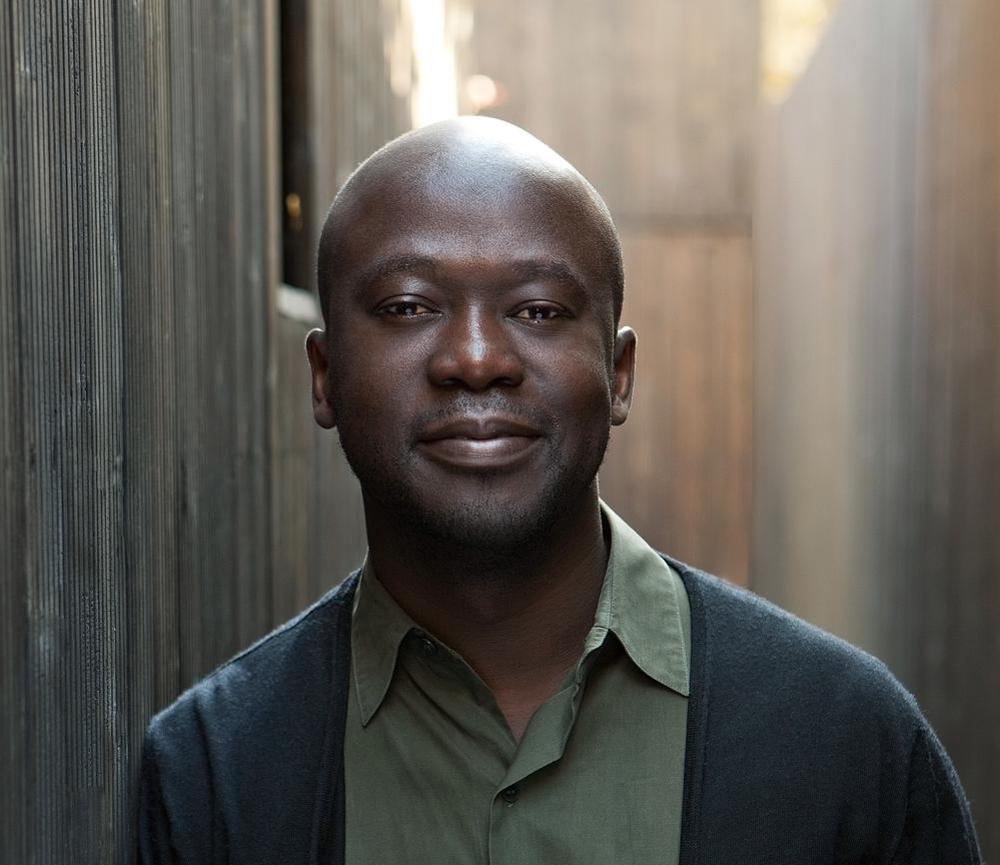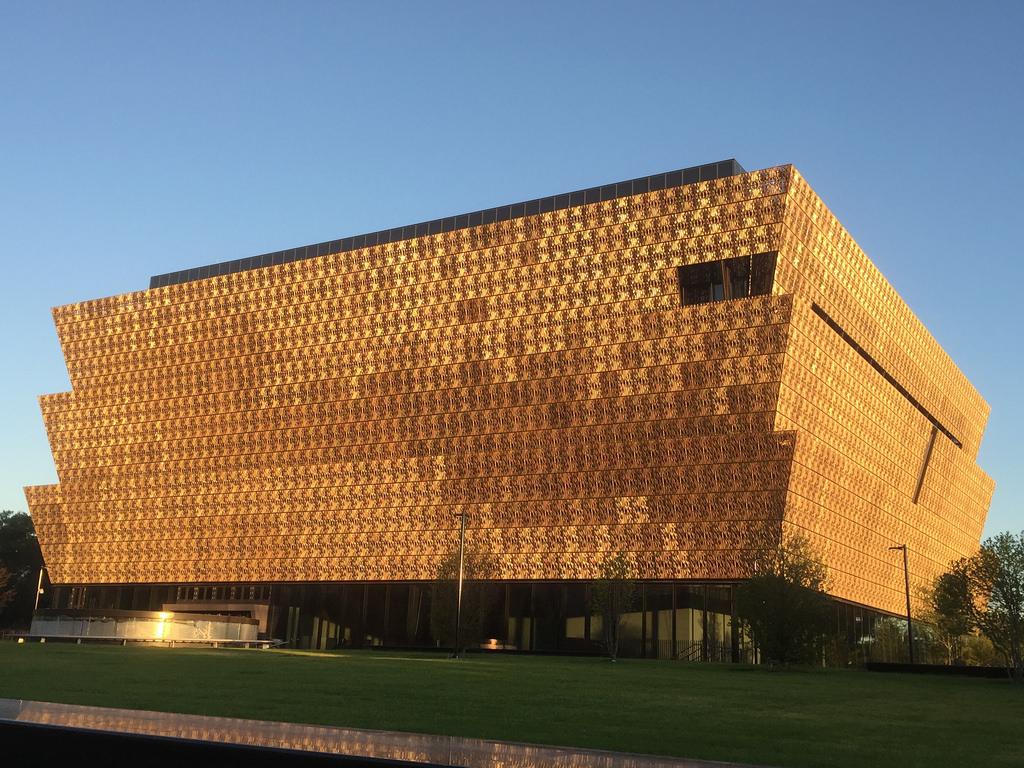see all jobs
Exclusive: David Adjaye tells CLAD about his design for the 'monumental' National Museum of African American History and Culture
Architect David Adjaye has told CLAD that the National Museum of African American History and Culture in Washington is “one of the defining projects” of his career to date.
The landmark museum – which has been developed over a decade – is due to be opened by US President Barack Obama on the 24 September 2016.
Adjaye’s practice Adjaye Associates worked with architecture studios Freelon Group and David Brody Bond Aedas on the project, under the collective name Freelon Adjaye Bond/SmithGroup.
In an exclusive interview for the new issue of CLADmag, Adjaye described how the “monumental project” will foster dialogue between different generations and social groupings; allowing “people of one culture to understand the experience of people from a different culture”.
“It is a specific story with a universal application,” he said. “It’s about African American history within the context of the American and global narrative. It’s an important story for everyone – and this has always been central to the design concept for the building.”
The 400,000sq ft (37,000sq m), nine storey museum is located on a five-acre site on Constitution Avenue. Dedicated to exploring the story of America through the lens of the African American experience, it will house exhibition galleries, an education centre, a 350-seat theatre and a memorial area.
The patterned bronze cladding of the building is derived from the architectural ironwork made by African American artisans in southern cities. The outer skin can be opaque at oblique angles and allows glimpses through to the interior at certain moments.
“It’s a building with many narratives – relating to the context, the history and the programme,” explained Adjaye. “It’s certainly a marriage of form with content. This narrative is articulated immediately by the silhouette – borrowing from the form of a Yoruba sculpture – while also resonating with the angle of the Washington Monument.
“In a way, I always conceived of this building as a kind of turning point – a knuckle, a joint – which articulates the two things, neither one nor the other, but bridging between the two. This can be understood as a metaphor for the less tangible bridge between cultures – ensuring that the African American story becomes a universal story. So from the sensitivity of the masterplan to the cultural discourse, I wanted to ensure that the building ends the mall properly and begins the monument.
“I could never remake this museum, or repeat it, because it’s so bound up in the particulars of its location, of its goals and of its place in history.”
Adjaye told CLAD that “as an inherently social endeavour”, architecture can not be properly judged a success of failure until people have had the opportunity to use the space.
He said: “I can’t wait to see the museum once it has opened, to see how people respond to the space and use it in ways I hadn’t anticipated. That’s when the project is finished for me; only then can I begin to comment on whether any of my goals have been realised.”
For more of David Adjaye’s thoughts on the National Museum of African American History and Culture, take a look at the brand new issue of CLADmag. This edition also features interviews with the founders of MVRDV, OMA’s David Gianotten, Pritzker winner Alejandro Aravena and the designers and developers behind FC Barcelona’s planned leisure and sports district Espai Barca.
More News
- News by sector (all)
- All news
- Fitness
- Personal trainer
- Sport
- Spa
- Swimming
- Hospitality
- Entertainment & Gaming
- Commercial Leisure
- Property
- Architecture
- Design
- Tourism
- Travel
- Attractions
- Theme & Water Parks
- Arts & Culture
- Heritage & Museums
- Parks & Countryside
- Sales & Marketing
- Public Sector
- Training
- People
- Executive
- Apprenticeships
- Suppliers

















































